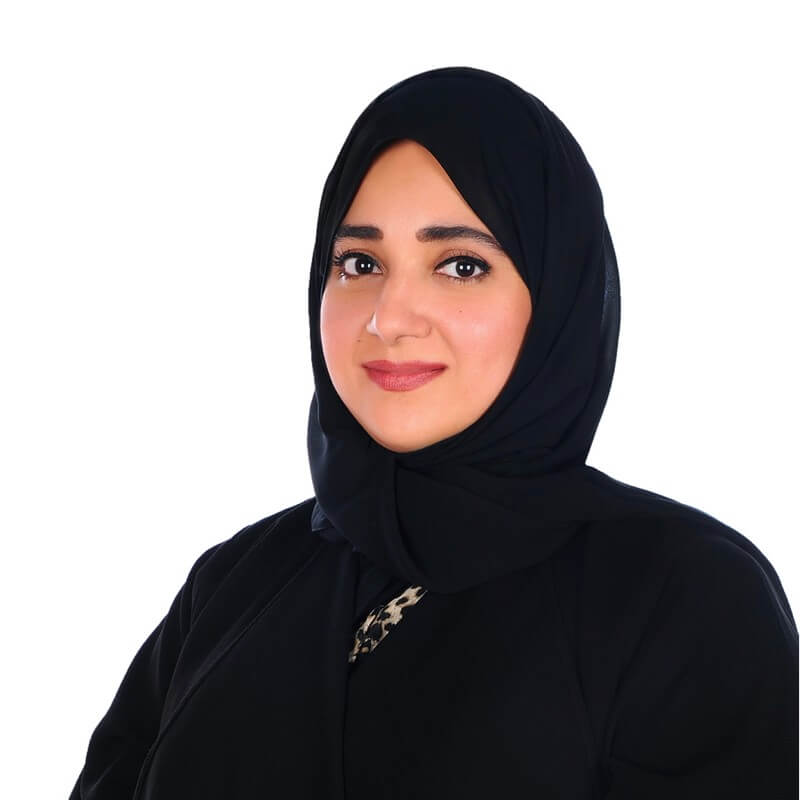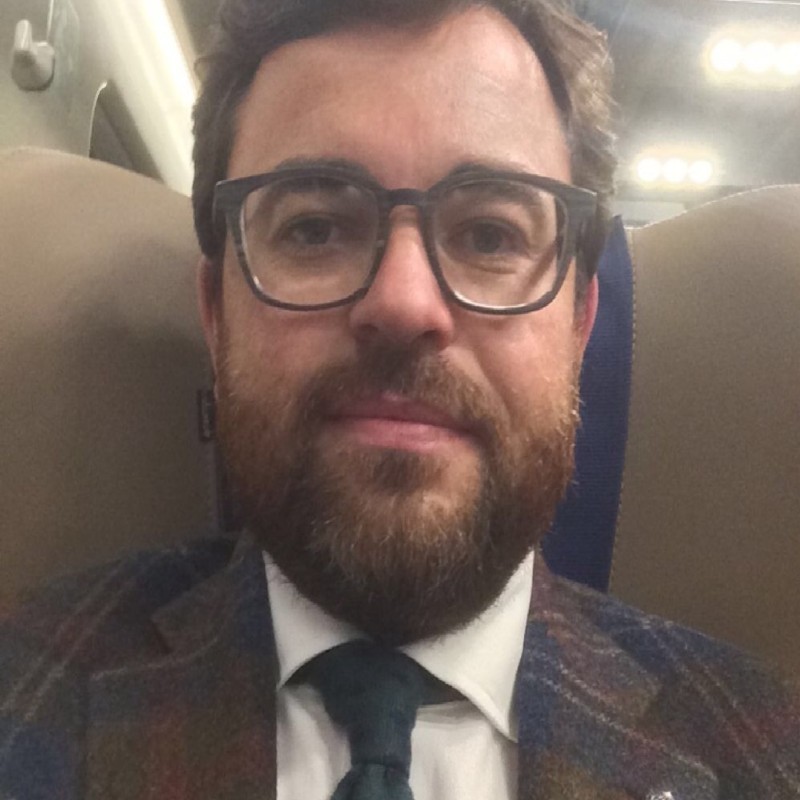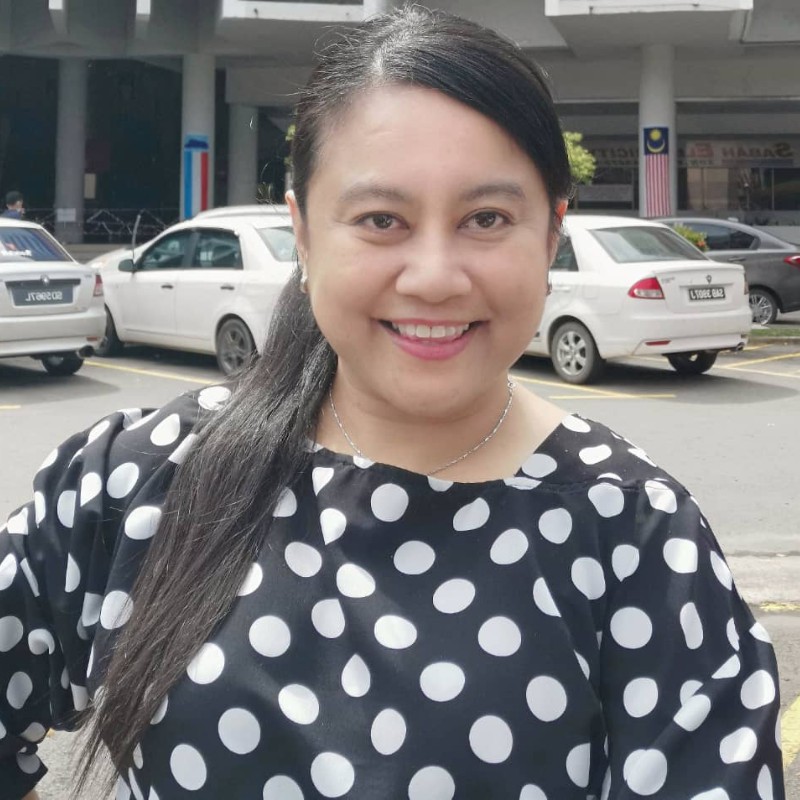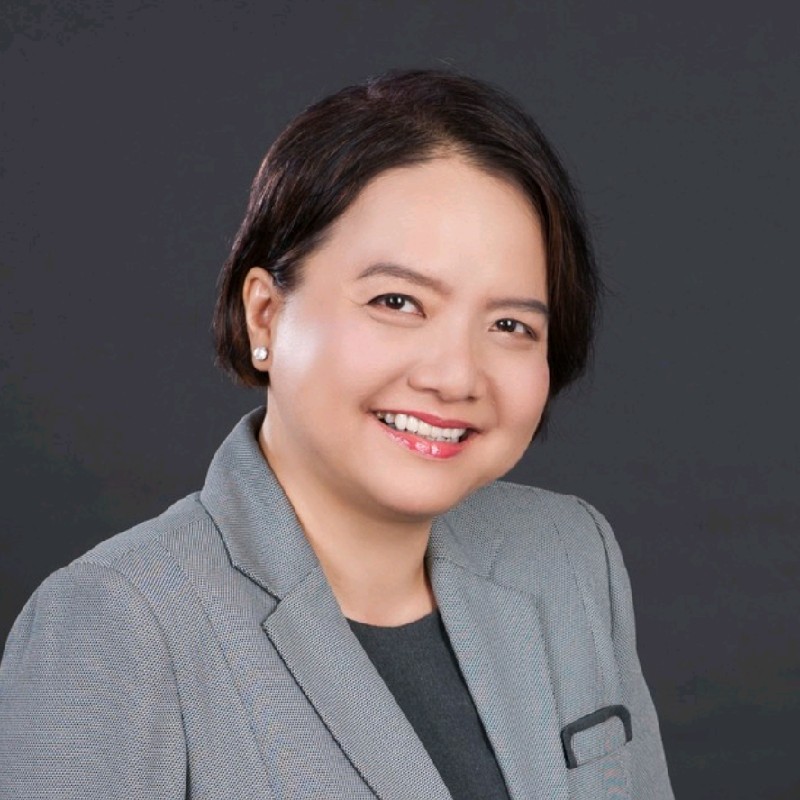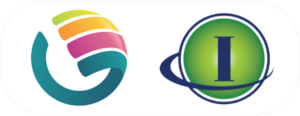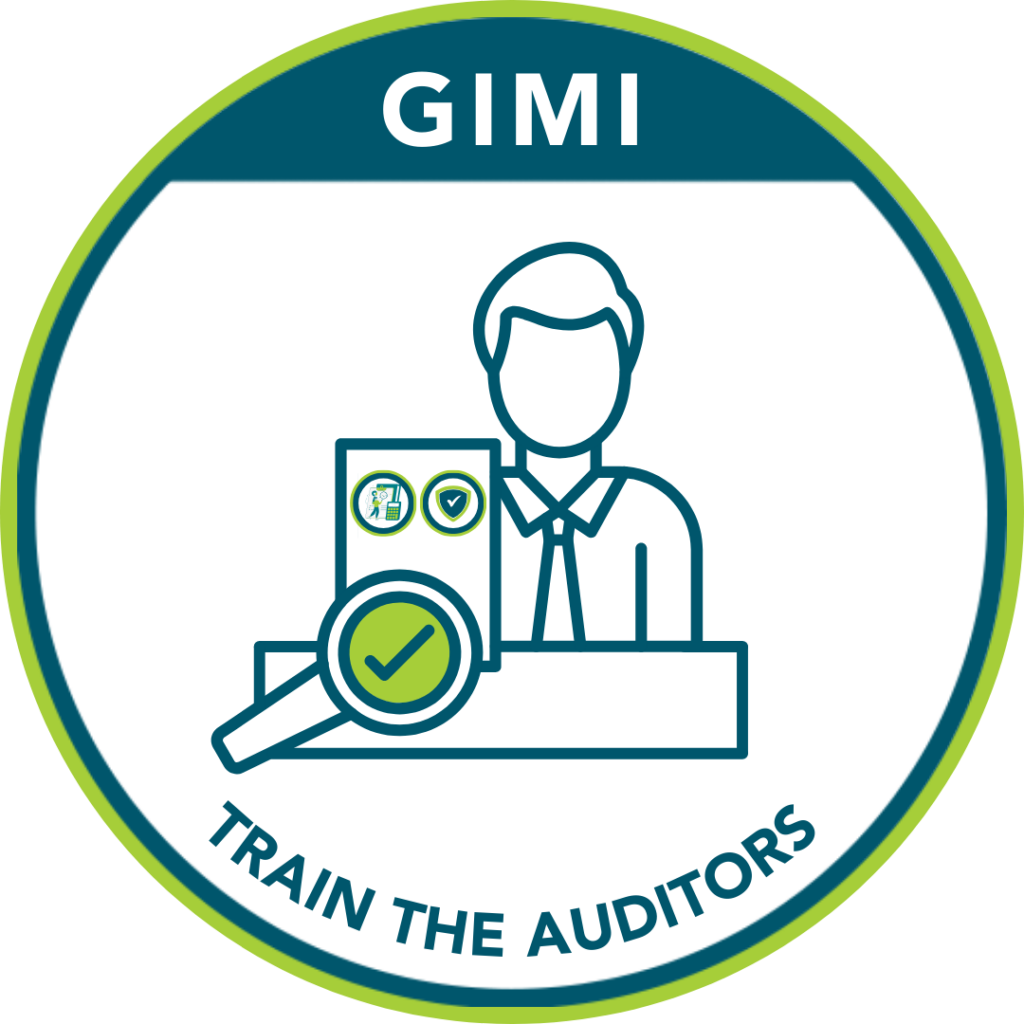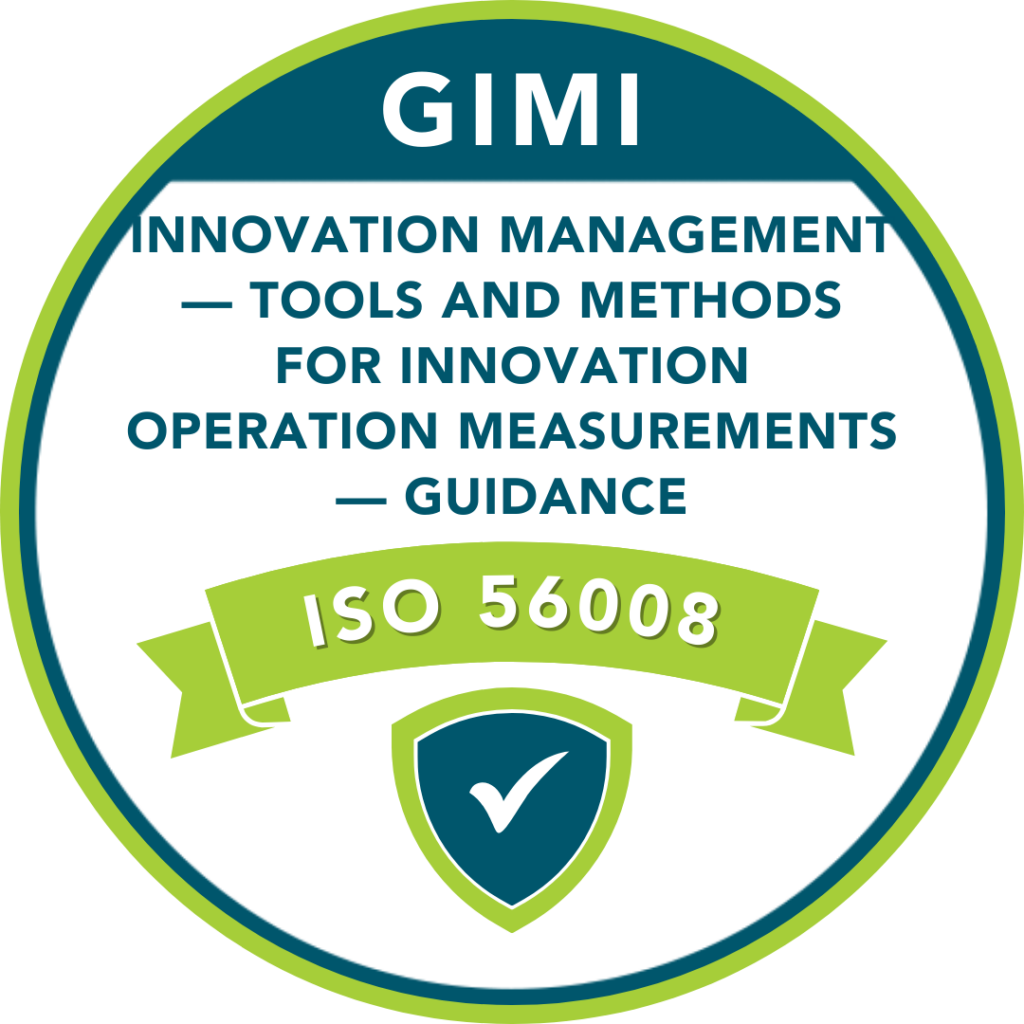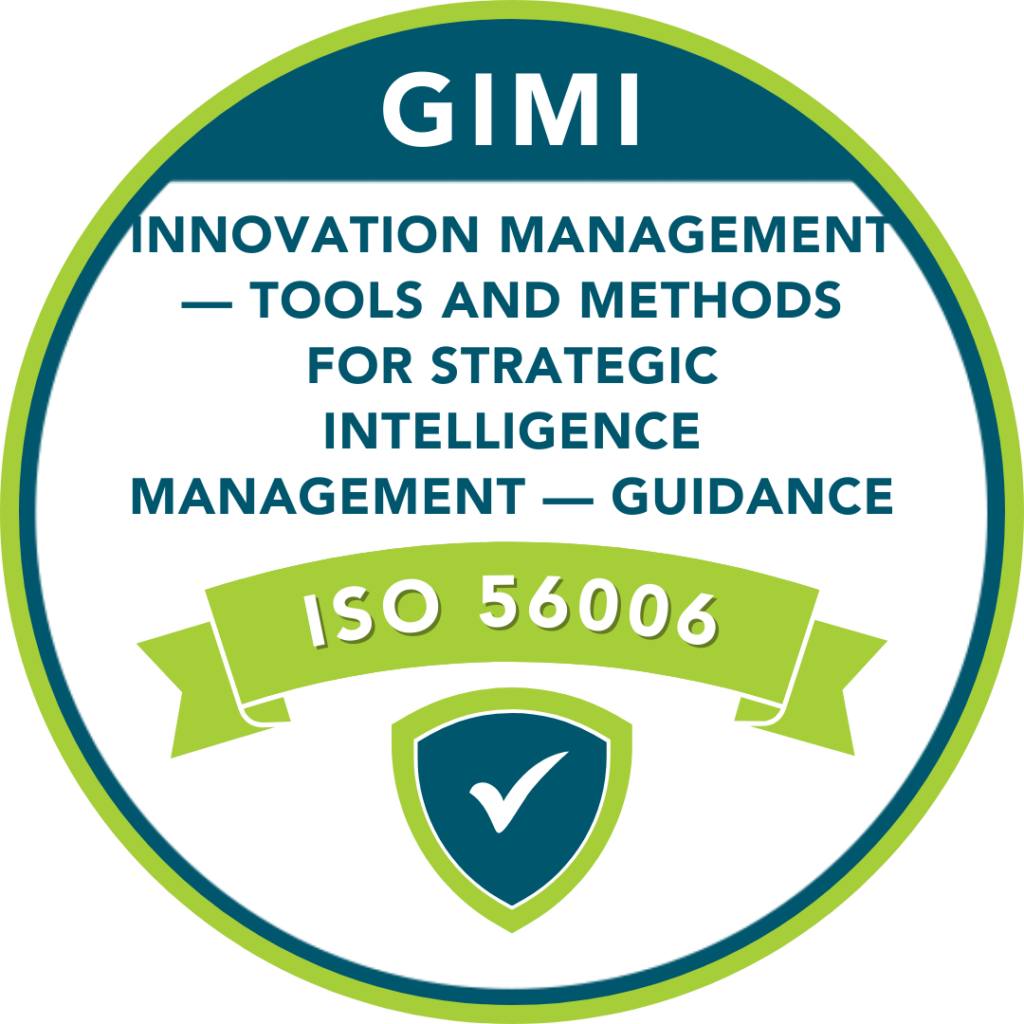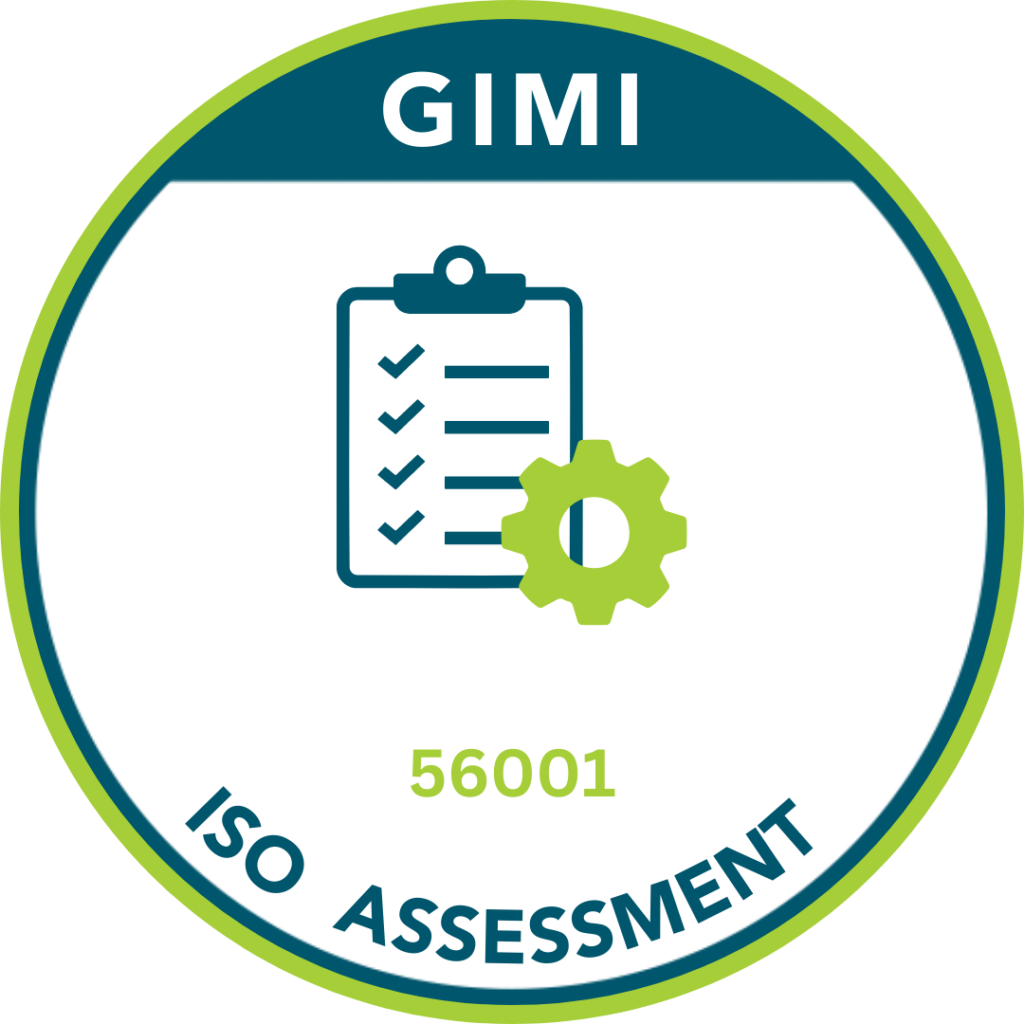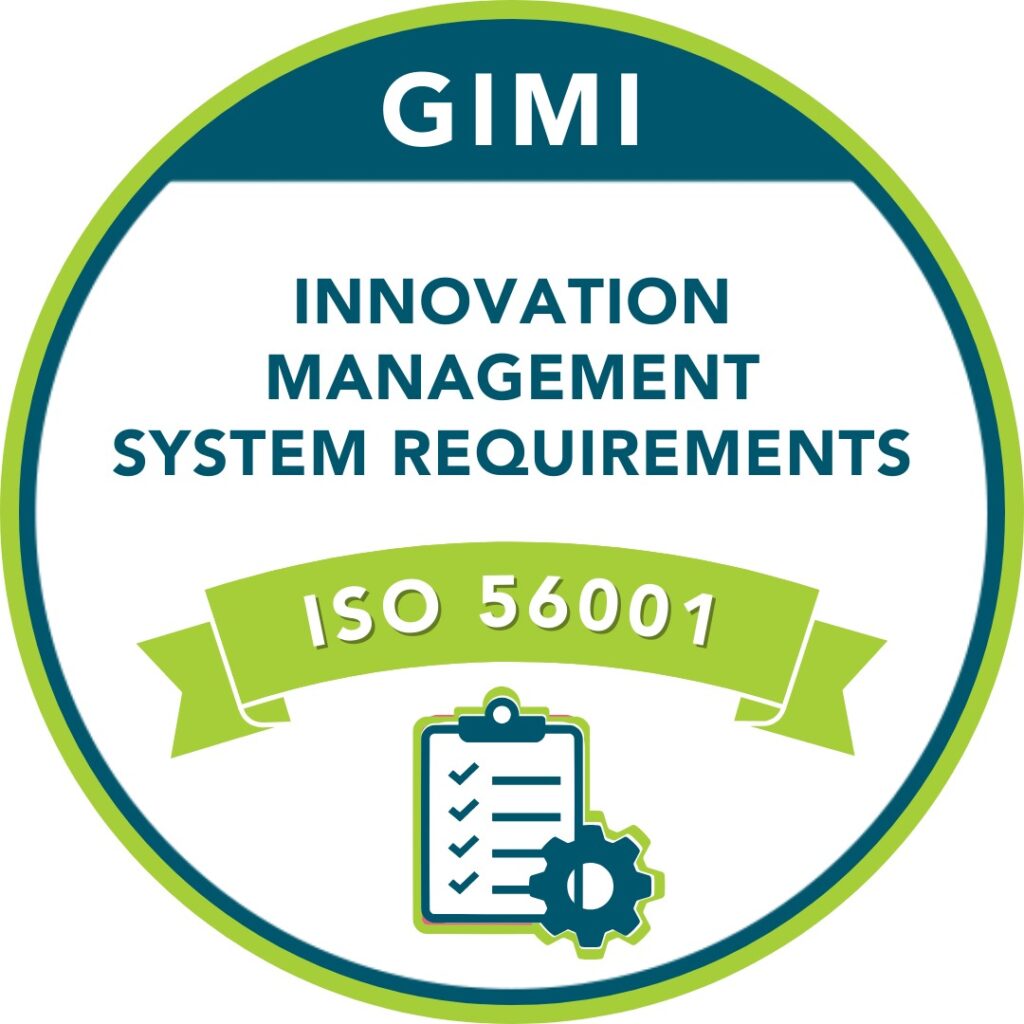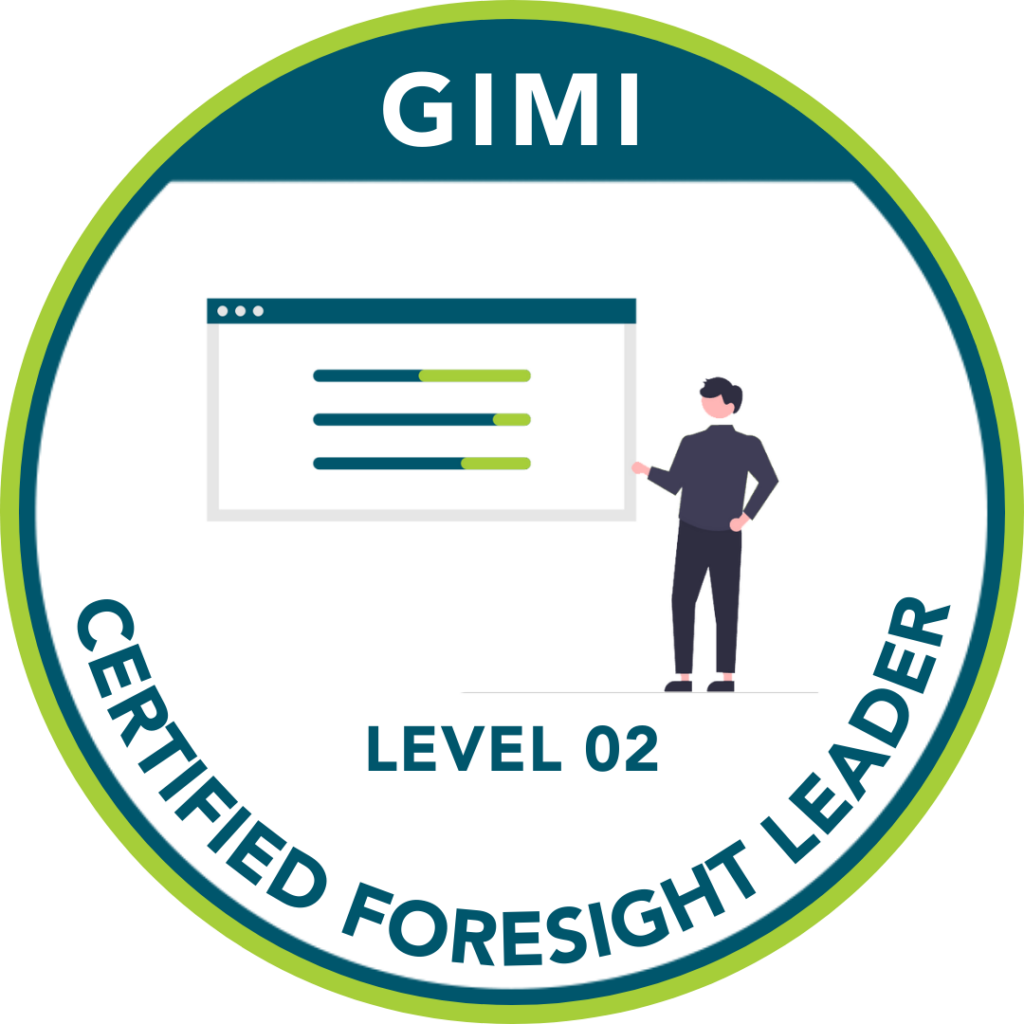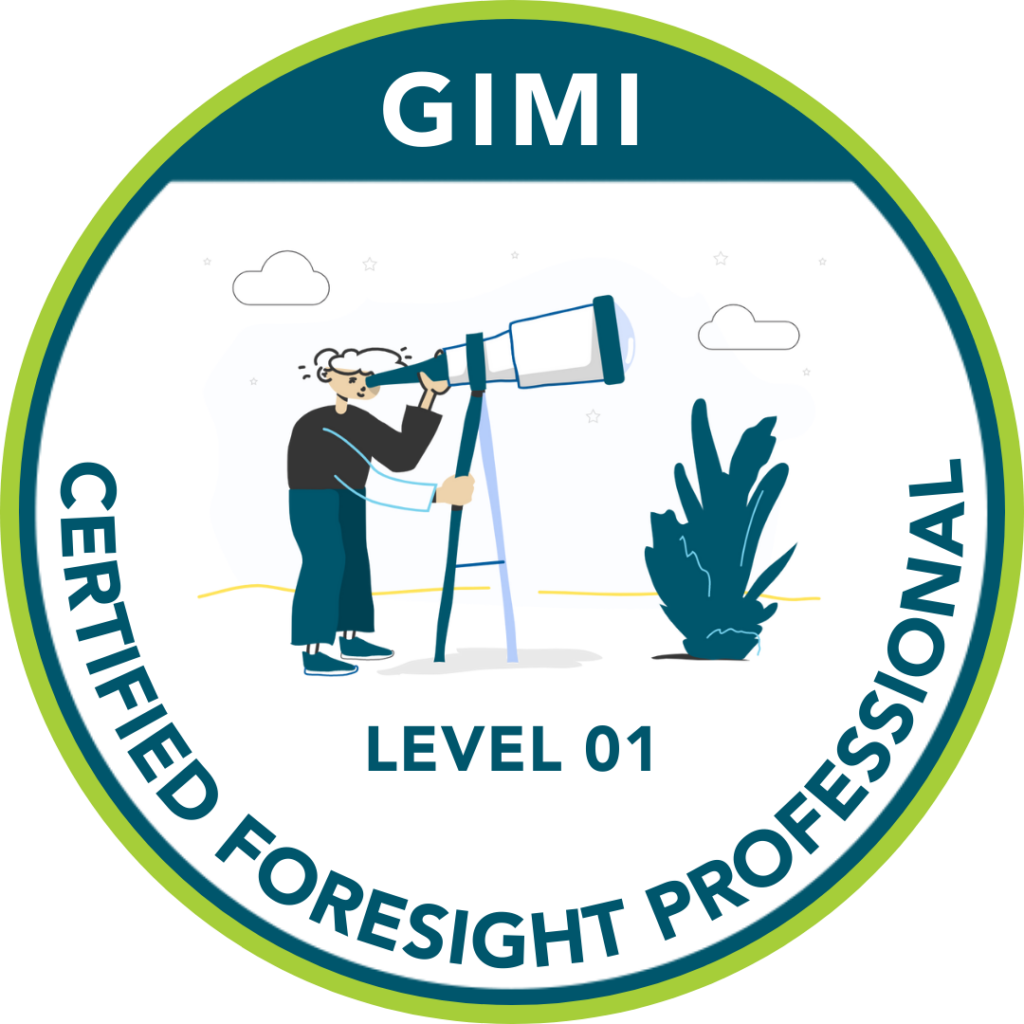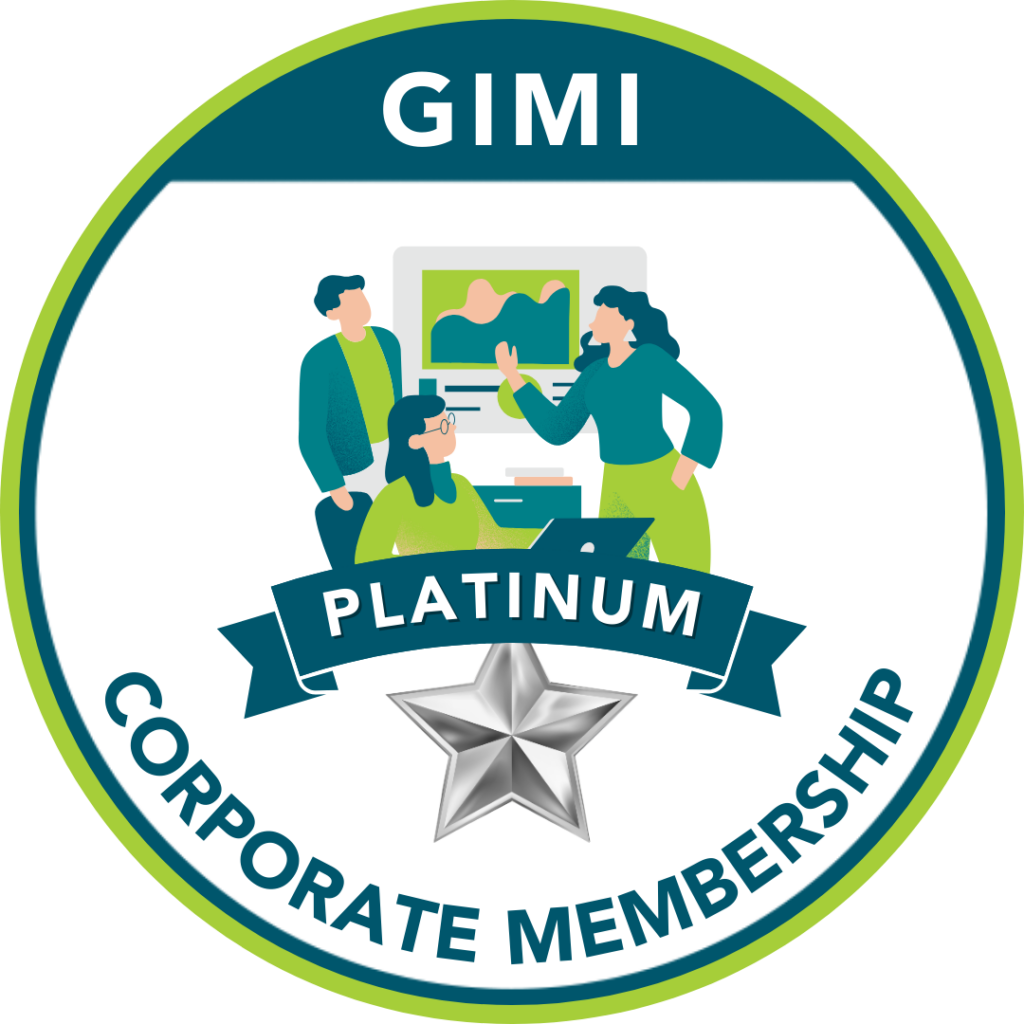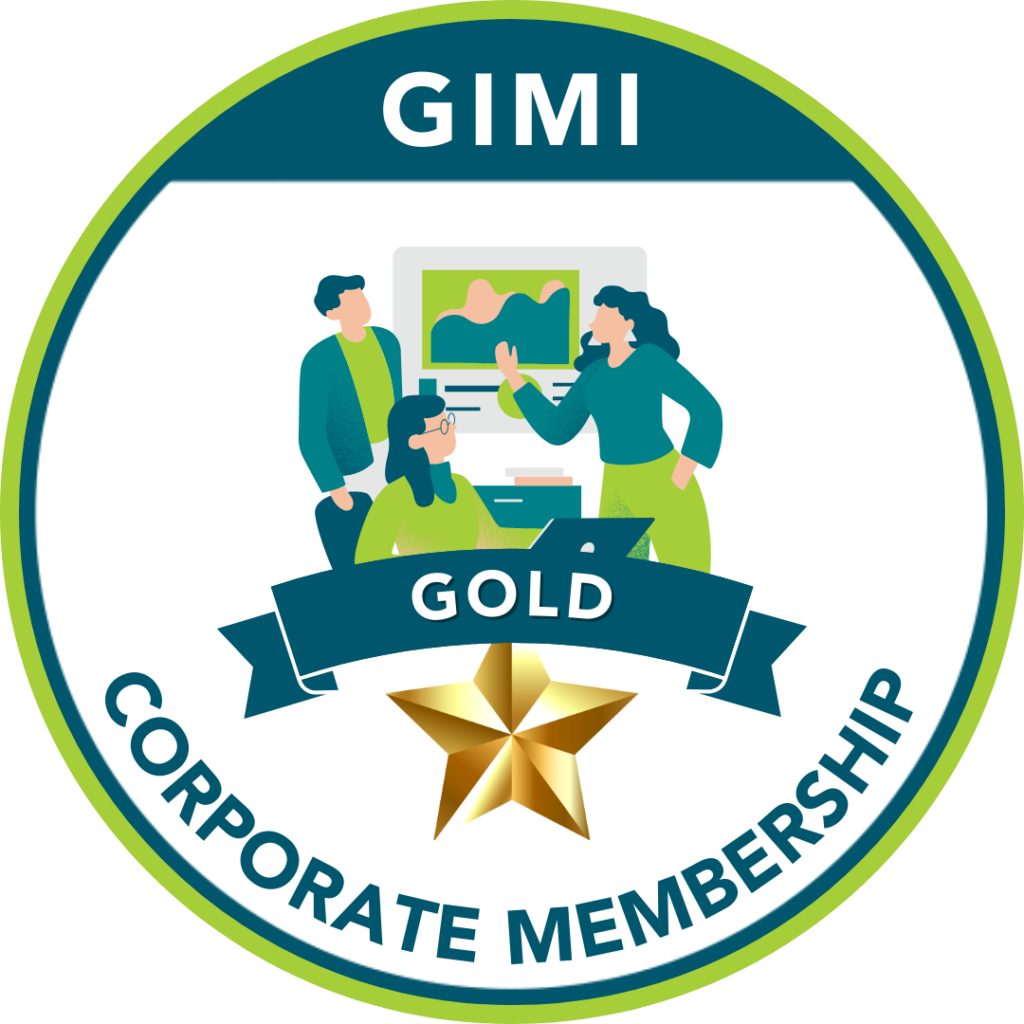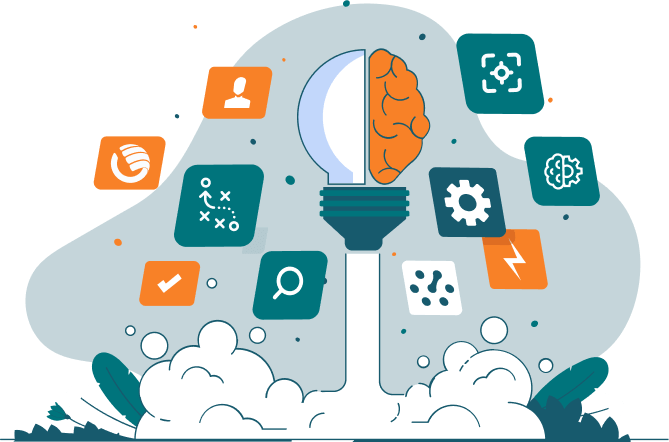
Future Foresight Certification Program
The Future Foresight Certification is based on a combination of methodological tools used for horizon scanning, creative thinking, idea generation, trend analysis, uncertainty tracking, weak signals detection, disruption alerts and scenario planning.
The skillset developed throughout the Certification focuses on building foresight capabilities and questioning participants’ current assumptions, key to achieving a balance between one’s analytical and intuitive mindset, as well as the creative components of the process.

Future Foresight Certification Levels
The GIMI Future Foresight certification program has three levels of certification.
1 Description
Level 1 of the certification journey gives participants a swift and sound entrance to the Future Foresight field, strengthening their analytical and intuitive skills. It comprises essential Future Foresight knowledge, including fundamentals and literacy, the key premises and principles, and a comprehensive immersion into the main schools of thought and practice.
2 Who Should Apply?
- Individuals seeking to understand the fundamentals of future foresight
- Those wishing to learn about the primary schools of thought leading to its grounded theory
- Practitioners exploring key concepts, processes, and tools of foresight and scenarios
3 Eligibility Requirements
- No eligibility requirements
4 What is Included?
- Future Foresight Body of Knowledge | Level 1 Guide (e-copy)
- Certified Foresight Professional Exam Fee (online exam)
- Certified Foresight Professional Certificate (based on passing exam)
- Remote Proctor Fee
5 Workshop Level 1 (optional)
- This workshop is recommended for complete preparation for the Level 1 certification. It enables participants to master the operational aspects of the Level 1 content, through interactive sessions focusing on «learning by doing» and simulation of specific cases. It is also a privileged space for dialogue and mutual learning («strategic conversation»).
- Duration: 3 half-days (live online or on-site)
- Possibility to schedule a personalized workshop for a
specific group of an organization, where the practice activities relate to the sector in which the organization operates.
BUY THE CERTIFICATION+WORKSHOP
1 Description
Level 2 covers the end-to-end Foresight process using the S4 Futures framework, which encompasses four stages: Scoping, Scanning, Scenarios, and Strategy. It provides a deep understanding of Future Foresight and Scenarios frameworks, linking them with Strategy and Innovation processes.
2 Who Should Apply?
- Individuals or practitioners willing to understand the fundamentals of future foresight
- Participants who know the main schools that developed grounded theory on the subject
- Those who wish to further explore the key concepts, processes, and tools of foresight and scenarios
3 Eligibility Requirements
- Successful completion of the Certified Foresight Professional Level 1
4 What is Included?
- Future Foresight Body of Knowledge | Level 2 Guide (e-copy)
- Certified Foresight Leader Exam Fee (online exam)
- Certified Foresight Leader Certificate (based on passing the exam)
- Remote Proctor Fee
5 Workshop Level 2 (optional)
- This workshop is recommended for complete preparation for the Level 2 certification. It enables participants to master the operational aspects of the Level 2 contents, through interactive sessions focusing on «learning by doing» and simulation of specific cases, besides being a privileged space for dialogue and mutual learning («strategic conversation»).
- Duration: 4 half-days (live online or on-site)
- Possibility to schedule a personalized workshop for a specific group of an organization, where the practice activities relate to the sector in which the organization operates.
1 Description
Level 3 of the certification journey applies Levels 1 and 2 knowledge to a relevant organizational challenge and attests to the capacity of leading a Foresight Project, integrating methodological phases and the appropriate tools. Applicants must submit a White Paper (text-based or slide-based format) regarding the applied Foresight process.
2 Who Should Apply?
Levels 1 and 2 certified individuals who would like to be able to apply the knowledge and skills they’ve learned to real-world projects or situations, building a complete Foresight report from start to finish.
3 Eligibility
- Successful completion of the Certified Foresight Leader Level 2
4 What is Included?
Future Foresight Project Guidelines (e-copy)
Project Review Fee
Review of documentation by ALVA and GIMI Board
Chief Foresight Officer Certificate (Level 3) – based on the approval of the White Paper
5 Mentoring (optional)
- The mentoring sessions offer a unique opportunity for enhancing knowledge and skills in Future Foresight and provide guidance and support through the Project process.
- 2 mentoring sessions (1h each) with a Future Foresight seasoned expert
Enroll In The GIMI Future Foresight Program
Our Foresight Certification Programs are designed for anyone interested in becoming certified in Foresight as a business discipline
The Four Core Pillars Of The GIMI Future Foresight Program
The Certification is strongly anchored in understanding challenges as major growth steppingstones for the future and it focuses on evidence-based future foresight, with uncertainties at its core, preventing variables that influence the medium and long term futures to be kept on a leash by traditional ways of thinking.
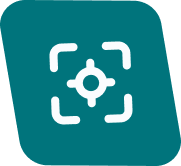
1. Scoping & Designing
Design and Frame the Picture
- Aim and intention of the project. Available resources.
- Framing and Scoping the project. Setting the topic to be explored and how far we want to explore into the future.
- Clarification of the strategic Focal Issue and the Time Horizon (+ supporting questions).
- Audience and Foresight team. Work environment.
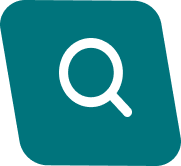
2. Scanning & Screening
Understand and Capture the Horizon
Deepening the understanding of the context of the topic in the defined time horizon. Scanning the organizational environment: trends and megatrends; weak signals and emergent issues; wild cards, black swans and black elephants
Identification of key themes, collection of ideas and insights and organization of information from a wide range of sources, including data on potential sources of future change.
Distinction, categorization, and selection of different types of drivers of change, with a special focus on key uncertainties and predetermined elements.
Literature review and data collection, both primary and secondary. Qualitative research and/or quantitative research.
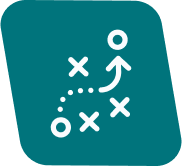
3. Scenarios & Foresight
Build Alternative Futures
- Generation and description of the scenarios.
- Simulation of possible, plausible and relevant futures through the development and exploration of strategic scenarios, using the Intuitive-Logics School and other scenario-building approaches like the Morphological Method, the Extreme-World Method, the Inductive Approach or the Incremental Approach.
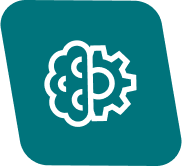
4. Strategy & Innovation
Think and Execute
Link scenarios with action. Analyse implications and options.
Explicit articulation of Foresight and Scenarios with Strategy and Innovation concepts and tools.
Application of Strategy and/or Innovation methodologies, linking them with the scenarios.
Build a monitoring system, including precursor/early indicators that can anticipate the development of specific scenarios.
GIMI Certified Professionals

